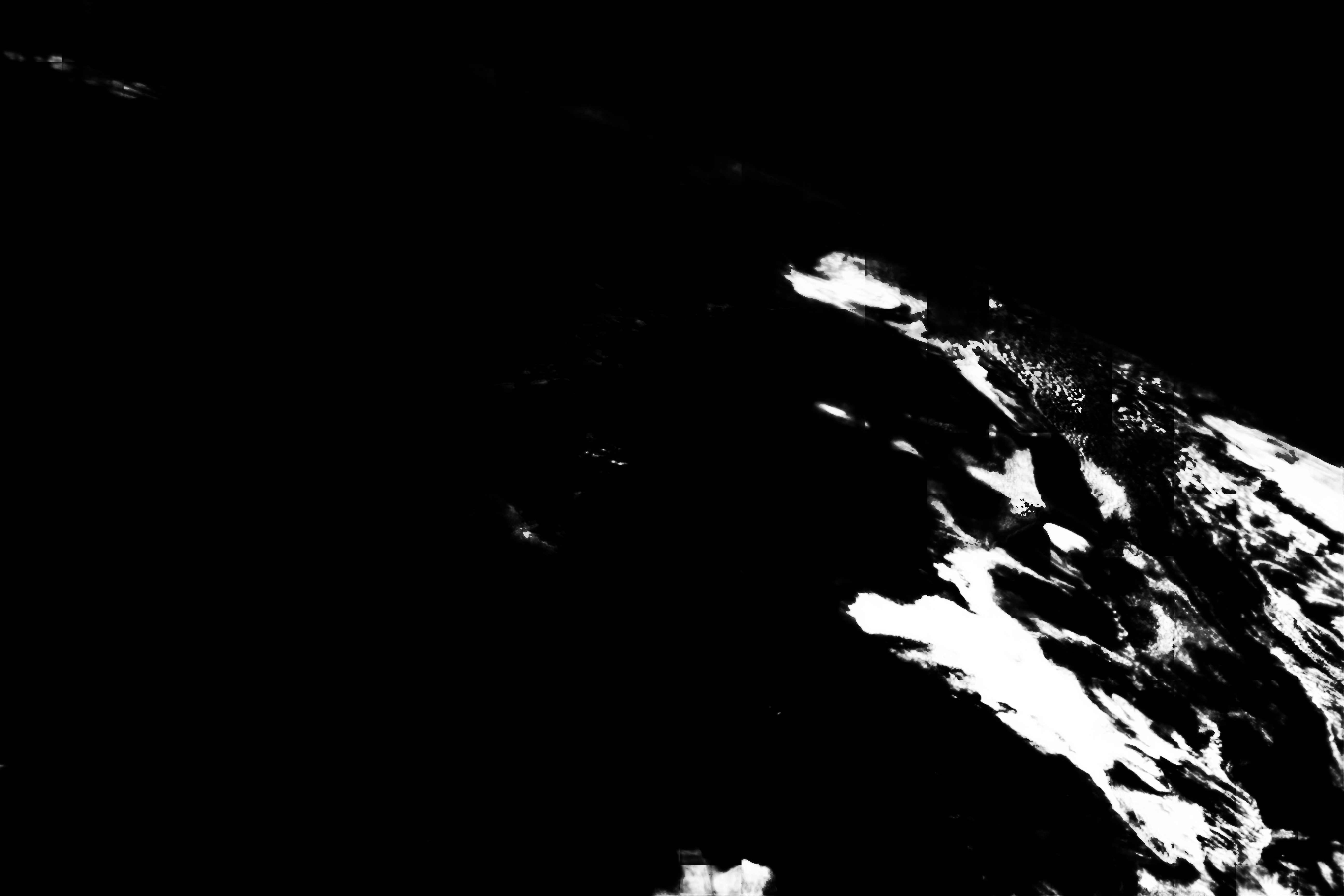ISS058-E-11388
| NASA Photo ID | ISS058-E-11388 |
| Focal Length | 58mm |
| Date taken | 2019.02.08 |
| Time taken | 11:57:50 GMT |
5568 x 3712 pixels 720 x 480 pixels 5568 x 3712 pixels 640 x 427 pixels
Country or Geographic Name: | MOROCCO |
Features: | MOROCCO, AFRICA, MEDITERRANEAN S., ATLAS MTS., CLOUDS, SNOW |
| Features Found Using Machine Learning: | |
Cloud Cover Percentage: | 25 (11-25)% |
Sun Elevation Angle: | 38° |
Sun Azimuth: | 174° |
Camera: | Nikon D5 Electronic Still Camera |
Focal Length: | 58mm |
Camera Tilt: | High Oblique |
Format: | 5568E: 5568 x 3712 pixel CMOS sensor, 35.9 x 23.9 mm, total pixels: 21.33 million, Nikon FX format |
Film Exposure: | |
| Additional Information | |
| Width | Height | Annotated | Cropped | Purpose | Links |
|---|---|---|---|---|---|
| 5568 pixels | 3712 pixels | No | No | NASA's Earth Observatory web site | Download Image |
| 720 pixels | 480 pixels | Yes | No | NASA's Earth Observatory web site | Download Image |
| 5568 pixels | 3712 pixels | No | No | Download Image | |
| 640 pixels | 427 pixels | No | No | Download Image |
An astronaut on board the International Space Station shot this oblique photograph while looking out across Morocco, where the Mediterranean Sea meets the Atlantic Ocean at the Strait of Gibraltar. The centerpiece of the image is the Atlas Mountains, which stretch 2,500 kilometers (1,500 miles) through Morocco, Algeria, and Tunisia.
Westerly winds from the Atlantic Ocean carry moisture into the region, but the mountains act as a weather barrier between the coastal grasslands and wetlands and the Sahara Desert. The Atlas Range causes a rain shadow effect, preventing the areas beyond the mountains from receiving much rainfall. During the winter months, the highest peaks of the Atlas Mountains are among the few parts of Africa to see snow.
The wetter regions along the Moroccan coastline include many Ramsar "Wetlands of International Importance" which serve as wintering sites for migratory waterbirds.
Beyond the mountains, the dry climate of Morocco's deserts creates an advantageous landscape for meteorite hunting. Strong winds and the lack of plant cover expose dark-colored meteorites and craters, which stand out against the light-colored sand. The dry climate preserves extraterrestrial rocks far better than a humid climate.
One of the most well-known space rocks found in Morocco is the Tissint meteorite that fell to Earth in 2011. This pristine Martian meteorite displays evidence of aqueous weathering - suggesting the presence of liquid water - and contains chemical elements originating from Mars soil.



